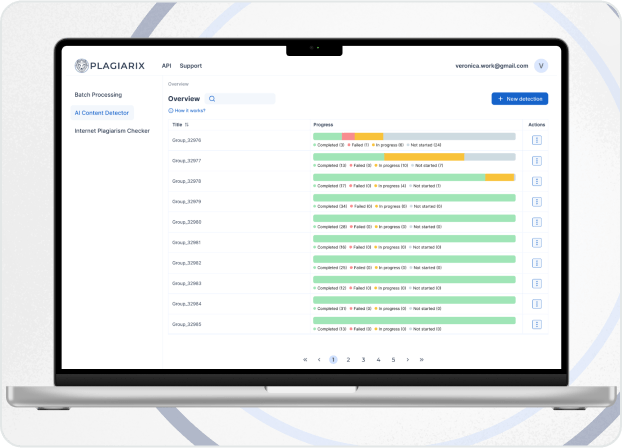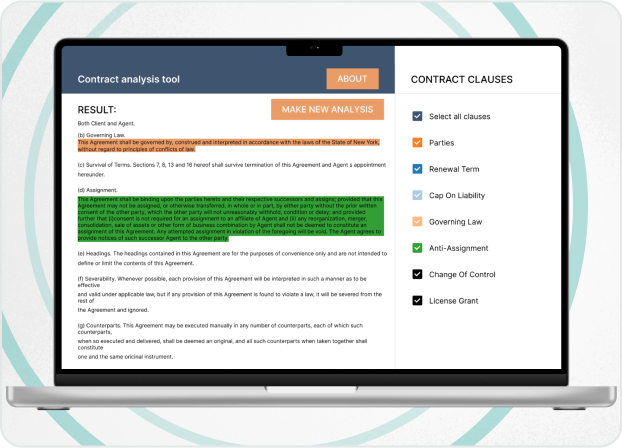
Expert’s Thoughts

"The right framework sets the foundation for everything — performance, scalability, and future growth. It’s not a guess; it’s a strategic decision. We help you choose the technology that fits your goals, not just today, but long-term."
Yuri Svirid, PhD. — CEO Silk Data
Top Mobile App Development Technologies in 2025
You’ve got a mobile app idea — maybe it’s a fintech product, a loyalty app, or something wildly niche that no one’s built yet. The next logical question is: how do we build it? And more importantly — what do we build it with?
It’s tempting to google “best mobile development frameworks” and start comparing shiny tools. But the truth is, most of those articles just throw a list at you without context. They rarely help you understand how the tech aligns with your actual business goals. Even worse, they often mention outdated frameworks (hello, Xamarin and Ionic) that no serious team uses for modern apps.
So, let’s do it right.
Whether you’re a CTO planning your next move or a product owner trying to decode tech talk, this guide will walk you through the technologies that matter in 2025, the ones we’d recommend to our own clients.
Market Insights
- In 2024, the number of smartphone users worldwide was estimated at 4.88 billion.
- As of January 2025, there are 2.096 million apps on Google Play and 1.906 million on the App Store.
- 90% of mobile time is spent in applications, which is a significant increase from a few years ago.
Leading Mobile App Development Frameworks
The ongoing debate between native and multiplatform mobile app development has seen a shift in recent years. Cross platform frameworks have matured, offering developers the ability to create apps that perform smoothly across multiple platforms — whether it is iOS, Android, or even web-based applications. This approach not only saves time and resources but also ensures a broader reach.

Swift
Swift powers 95% of new apps in the App Store — and for good reason. When it comes to building high-quality iOS experiences, Swift is the top choice among mobile development technologies. As Apple’s own programming language, it delivers on all fronts:
- High Performance: Swift is optimized for speed, so your apps run fast and feel responsive.
- Built-in Safety: With strong typing and robust error handling, Swift helps you catch bugs early and build more reliable apps
- Clean and Readable Code: Its modern, concise syntax makes your code easier to write, maintain, and collaborate on.
- Modern Programming Tools: Features like optionals for handling missing values and protocols for modular design give you the flexibility to build sophisticated apps efficiently.
This powerful combination has attracted major players like Lyft, LinkedIn, and even Airbnb to build their iOS apps on the Swift foundation. If your sights are set on the Apple ecosystem, Swift for iOS app development is your go-to language.

Flutter
Flutter has taken the mobile development world by storm. Introduced by Google, Flutter offers a rich set of widgets to create natively compiled applications for mobile, web, and desktop from a single codebase.
Why Flutter?
- Performance: Flutter’s rendering engine, Skia, delivers near-native performance, ensuring a smooth user experience across platforms.
- Hot Reload: This feature allows developers to see the effects of code changes in real time without restarting the application.
- UI/UX Flexibility: Flutter provides a wide array of customizable widgets that can mimic the native appearance on different platforms.

React Native
React Native, developed by Facebook, has been a popular choice for mobile app developers for years. Its ability to leverage JavaScript and React.js to build apps for both iOS and Android has made it a staple in the mobile app development world.
Why React Native?
- Reusable Code: Write once, run anywhere — React Native allows you to reuse up to 90% of your code across different platforms.
- Strong Community: With a vast community of developers, finding support, tutorials, and libraries is easier than ever.
- Third-Party Plugins: React Native supports numerous third-party plugins, which help in integrating complex functionalities seamlessly.
Where it struggles is with performance-heavy apps or cutting-edge device features. If you’re okay with slightly slower animations or need a prototype out fast, React Native still earns its place in 2025.

Kotlin Multiplatform Mobile (KMM)
Kotlin Multiplatform (KMM) is quickly becoming the go-to choice in Android development. Over 80% of the top 1000 Android apps now use Kotlin, thanks to its modern syntax and developer-friendly design that makes coding smoother and faster.
- Built-in Safety: Kotlin is designed to help you avoid common bugs like null pointer exceptions, catching issues early so you can write safer, more reliable code.
- Seamless Java Interop: Still working with a legacy Java codebase? Kotlin works hand-in-hand with Java, making it easy to adopt gradually without rewriting everything from scratch
- Strong Community Support: Kotlin’s growing popularity among Android developers means you'll find tons of tutorials, libraries, and help when you need it.
Top-tier apps like Pinterest, Evernote, and Trello have already embraced Kotlin—proof that it's more than capable of powering complex, large-scale projects.
KMM is an excellent choice for developers who prefer Kotlin and want to maintain native performance while still reaping the benefits of cross platform framework.
What We Don’t Recommend in 2025

Xamarin
Microsoft has officially nudged developers toward .NET MAUI, but even that isn’t seeing wide adoption in mobile-first startups. Xamarin had its moment—now it’s mostly used in enterprise environments clinging to the .NET ecosystem.
If you’re starting fresh, look elsewhere.

Ionic
We still meet teams maintaining Ionic apps. But if you're building something new in 2025, there's little reason to choose it.
Yes, it uses familiar web tech (HTML, CSS, JS), but performance can suffer. And when Flutter or React Native gives you native-feel apps with better tooling… why compromise?
What About Low-Code Platforms?
Low-code and no-code platforms like FlutterFlow or Mendix are on the rise. If you're building an internal dashboard, a proof of concept, or a quick MVP, they can save time and money.
Just know their limits: lack of flexibility, tricky scaling, and dependency on the vendor.
Advantages of Low-Code Platforms:
- Rapid Development: Low-code platforms allow for quicker development cycles, Lower Costs: deal for MVPs and prototypes.
- Lower Costs: By reducing the amount of hand-coding required, businesses can save on development costs.
- Accessibility: Low-code platforms are user-friendly, enabling even those with limited programming experience to build functional apps.
While low-code development is not a complete replacement for traditional coding, it complements it by offering an alternative for certain types of projects, particularly those with tight deadlines or limited budgets.
Final Note
With 10 years of IT expertise, Silk Data, a mobile app development company, develops solutions across hybrid, native, and cross-platform environments with embedded AI technologies along the way.
We partner with our clients to create custom mobile apps that are not only unique, high-quality, and scalable but also user-friendly and precisely aligned with their business needs.
Silk Data’s developers have access to the top software tools for creating apps that perfectly align with their project goals. We explore a wide variety of mobile development tools to build high-performance, budget-friendly mobile payment apps, fintech mobile apps, and more.
Frequently Asked Questions
While Flutter has seen a rapid rise in popularity and is often touted as a React Native competitor, it has not replaced React Native. Both frameworks have their strengths and cater to different types of projects. Flutter offers more customizable UI components and tends to perform better in certain scenarios, while React Native has a massive community and a vast ecosystem of libraries and plugins.
Low-code platforms are gaining traction as a tool to accelerate development, especially for simple applications or MVPs. However, they are unlikely to replace traditional coding entirely, especially for complex, high-performance applications. Instead, low-code will coexist with traditional coding, offering a faster alternative for certain types of projects.
Web apps, especially PWAs, are becoming more popular due to their cross-platform capabilities and ease of maintenance. However, native apps still offer superior performance and a more integrated user experience. It’s unlikely that web apps will completely replace native apps in the near future, but they will continue to grow in importance.
Yes, React Native remains highly popular in 2025. Its ability to leverage a single codebase for multiple platforms, strong community support, and extensive plugin ecosystem make it a go-to choice for many developers and businesses looking to build cross platform apps.
Our Solutions
We work in various directions, providing a vast range of IT and AI services. Moreover, working on any task, we’re able to provide you with products of different complexity and elaboration, including proof of concept, minimum viable product, or full product development.


























